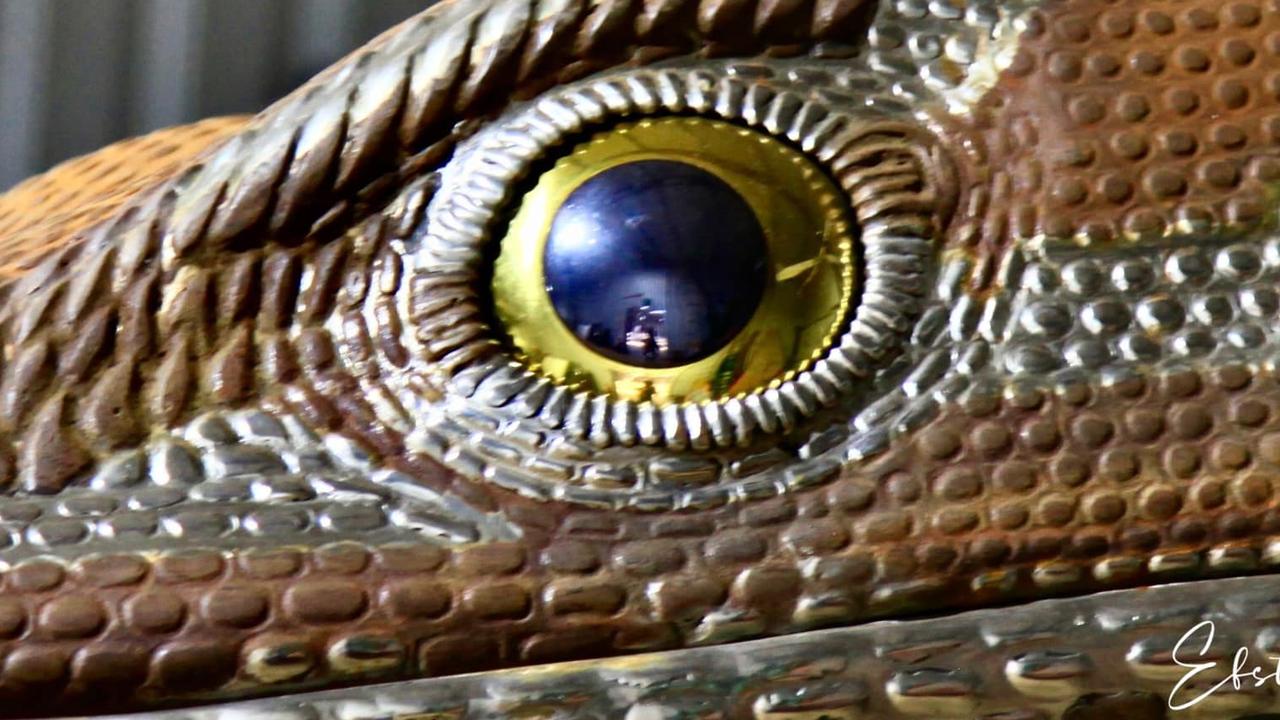Northern Territory rail: Iron Boomerang rail project trying to get investors on board
The Territory could play a key role in a multi-billion dollar nation building project. Read what it is.
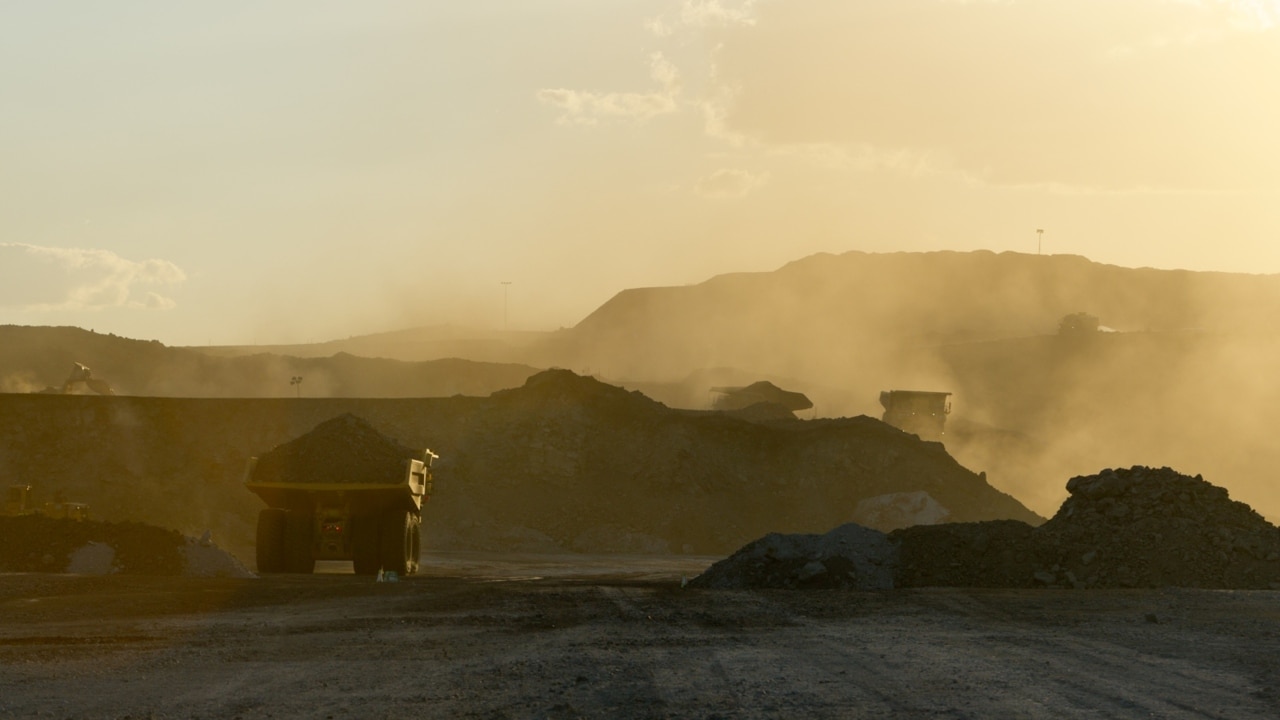
Business
Don't miss out on the headlines from Business. Followed categories will be added to My News.
About 50 guests attended an industry briefing at Darwin’s Lizards Hotel detailing plans to develop a multi-user rail corridor in the Territory linking Queensland’s coal with WA’s iron ore.
Project Iron Boomerang is an ambitious nation-building scheme that promises up to $55bn investment and thousands of jobs over multiple decades across Northern Australia.
The brainchild of former Territorian Shane Condon – whose father Dick operated Katherine Abattoir and who made their fortune with their $30m Barra Pack industry – developers are hoping for a $300m Commonwealth contribution.
Proponents East West Line Parks wants to link the Bowen Basin coal mines in north Queensland via a 3300km rail line through the Northern Territory with Western Australia’s Pilbara iron ore mines.
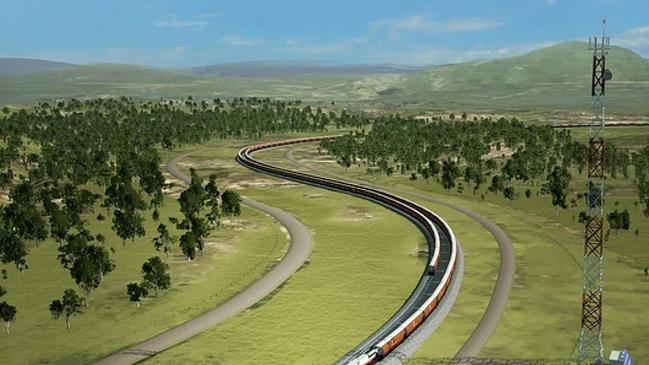
The dream is to develop two steel precincts – one on the east coast and one on the west – which will manufacture slab steel for export.
Selling the project is journalist and radio producer Will Jefferies, who said the Iron Boomerang plan would end the cycle of digging and dumping coal in Asia, develop Australia’s manufacturing capability and create thousands of jobs.
Starting in the Queensland coalmining town of Moranbah, the Iron Boomerang rail line would span the Territory somewhere near Ti Tree and continue through Newman, Western Australia’s iron ore capital.
Mr Jefferies said the rail line was “just a facilitator”.
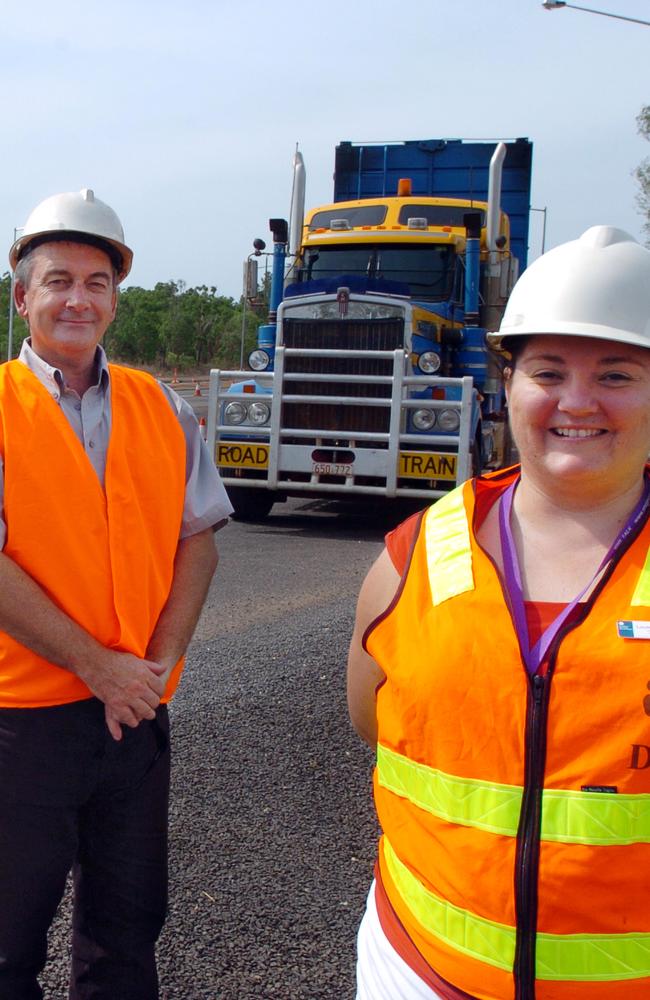
“At either end of the rail line, steelmakers from all over the world – India, Korea, Japan, Indonesia – will build steel mills in a consortium model, 10 on each side of the line,” he said.
“Each mill has the capacity to produce 2.2m tonnes of first stage slab steel a year. Multiply that by 20 is 44 million tonnes of steel a year that will increase our steelmaking capacity by 10 times.
“It’s not a pipedream … the modelling has been done. Global steelmakers from Korea, Japan, India and China have all been consulted and they know Project Iron Boomerang steel will be cheaper because of the efficiencies the rail line brings.”
He said Australian steel would be 10 per cent cheaper than Chinese steel and 20 per cent below the cost of European and United States steel.
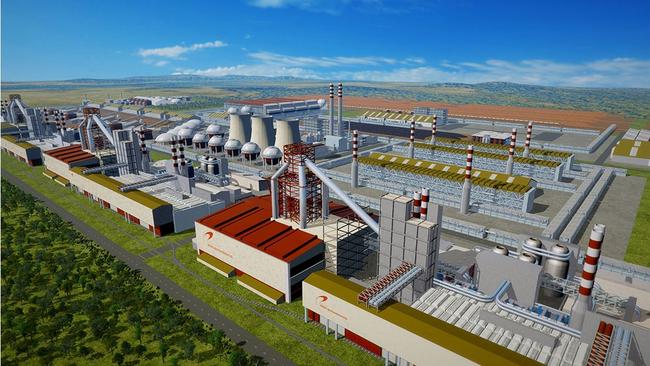
Speaking after Mr Jefferies’ presentation, Territory Infrastructure Commissioner Louise McCormick praised the passion and commitment of the developers, and pointing out developing such projects can take years.
“There’s things like land tenure, which is probably one of the longest parts of delivering on these projects, particularly if you’ve got a rail going from the east coast to the west coast, that will take many years to negotiate,” she said.
“Government has started that work and we do have a nominated corridor between Tennant Creek and Mount Isa, so that is already there.
“The next part you actually have to do, is it technically feasible on the land that you’ve looked at and that takes many hundreds of different land studies about geotechnical conditions, environmental conditions, whether the geography suits.
“Once you have the technical studies it’s about working out the business case and how you’re going to fund that infrastructure.
“It’s about trying to convince people in Canberra that this is a nationally significant project they should be investing in.”




